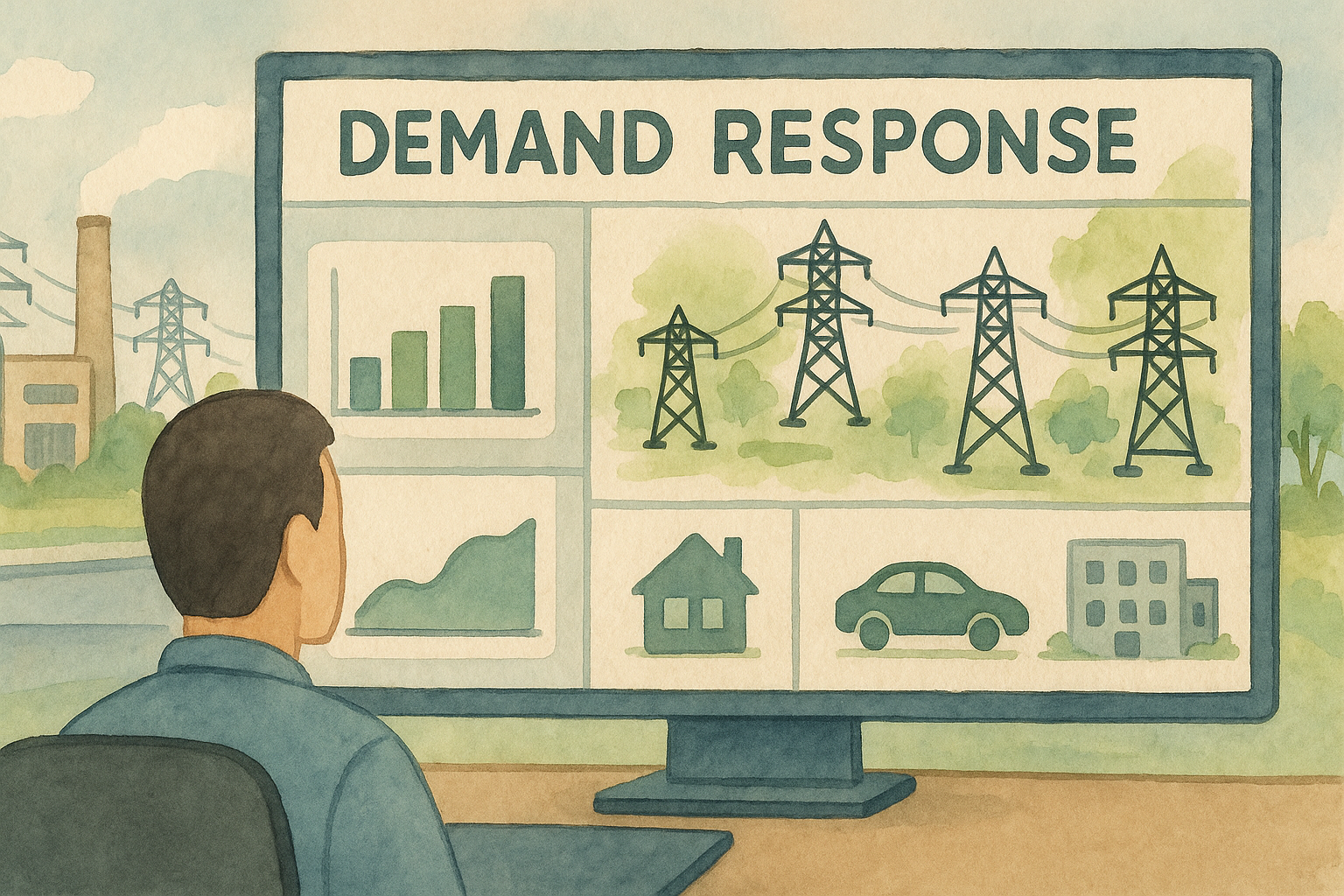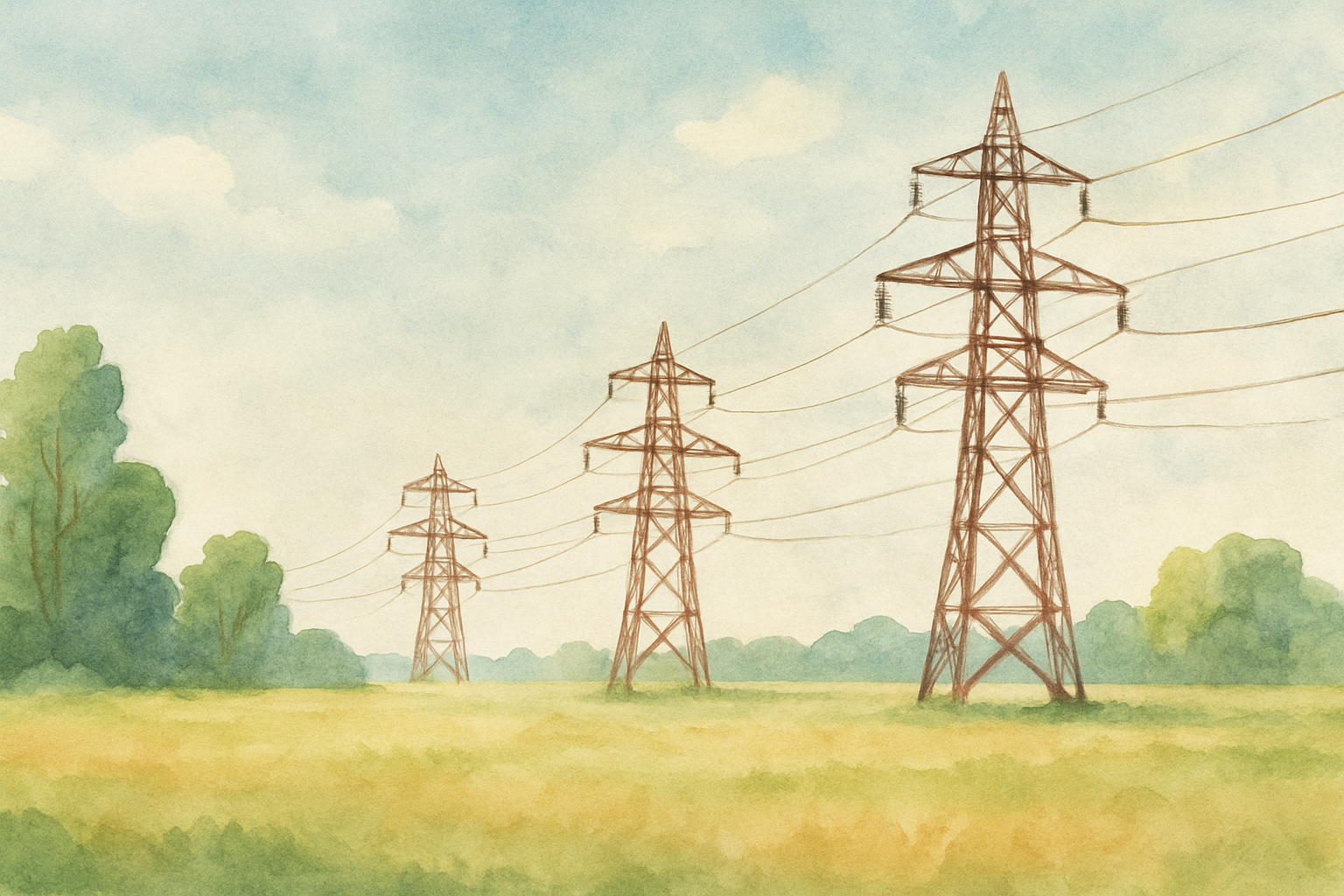Executive Summary (tl;dr)
- Dramatic increase in DER’s causing unforeseen downstream issues on the grid
- Smarter systems must be put into play to account and alert of these changes
- Utilities must look to implement software that helps alert to protect assets / the grid in one platform
The energy sector is seeing a dramatic increase in Distributed Energy Resources (DER’s). These resources, which include items like rooftop solar panels, wind turbines, energy storage systems in residential homes and even electric car battery charging stations are decentralizing the traditional power grid.

Unlike conventional centralized power plants, DERs generate and store electricity closer to the point of use, reducing transmission losses and enhancing the resilience of the energy system. This is a big plus for the end user. As technology advances and costs decrease, the adoption of DERs is accelerating due to the ease of access off the shelf for anyone to purchase and install. Though this is a positive change for the environment, it’s causing a huge problem for Utility companies to manage the draw of power to residential homes without warning.
Numerous Utilities across North America are now investing in smart grid technology to help reduce the systems faults and interference that DERs produce. An example is Duke Energy embarking on a 10 year initiative to strengthen North Carolina’s energy grid that kicked off in 2017 and starting to hit stride and reap the benefits in 2024.
Smart grids incorporate advanced sensors, communication networks, and analytics to manage electricity in a more efficient, reliable, and sustainable manner but they still don’t provide a view of when a new DER is installed that can affect the grid.
With the use of new technologies to better predict the baseline and use machine learning to understand when new connections are made affecting the grid will be the next step to ensure a more efficient and resilient grid. We will also be able to leverage DER’s to allow consumers to participate in energy markets. They can do so by generating their own electricity and selling excess power back to the grid; in turn reducing their energy bills and contributing to a more sustainable energy system.
Looking ahead
The continued growth of DERs presents both opportunities and challenges. On the one hand, DERs can democratize energy production, giving consumers greater control over their energy usage and fostering innovation in the energy sector. On the other hand, the integration of numerous small-scale energy producers into the grid requires robust regulatory frameworks and substantial investments in grid modernization. Policymakers, utilities, and technology providers must collaborate to address these challenges and unlock the full potential of DERs. As we navigate this evolving energy landscape, it is clear that DERs will play a pivotal role in shaping a more sustainable and resilient energy future.
Senpilot in Action
Maximize the potential of your assets with our innovative solutions. Explore our demo and website or reach out to us at hello@senpilot.com to learn how we can help!




.svg)








.svg)